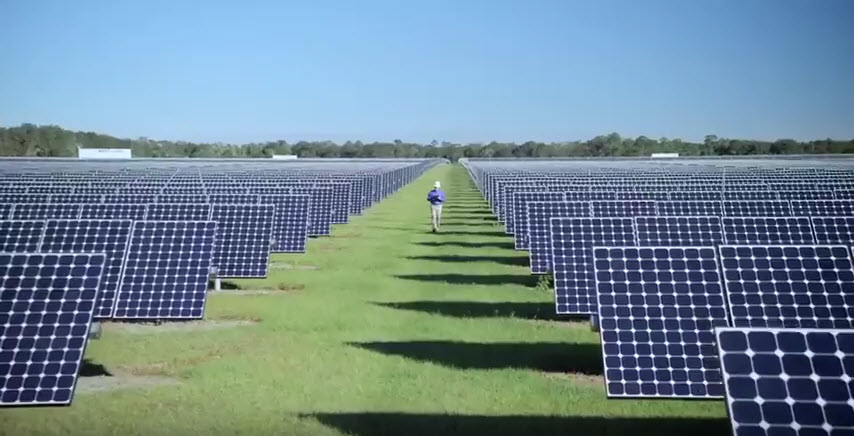The Florida Public Service Commission (PSC) has unanimously approved Florida Power & Light Company’s (FPL) comprehensive, four-year rate settlement agreement, which is set to go into effect in 2022.
The settlement agreement was developed jointly with the state’s consumer advocate agency, the Florida Office of Public Counsel, as well as the Florida Retail Federation, the Florida Industrial Power Users Group and the Southern Alliance for Clean Energy. Vote Solar, The CLEO Institute and Federal Executive Agencies also signed the agreement.
Under the new rates, which will be phased in rather than immediately introduced, FPL’s typical 1,000-kWh residential customer bill is expected to grow from 2021-2025 at an average annual rate of 2.8%, with FPL maintaining that the growth will still keep bills “well below” the national average. Typical FPL business customer bills are also expected to remain below the national average and grow from 2021-2025 at an average annual rate of 1.6% to 3.4%, depending on rate class.
FPL shares that new rate plan directly supports the company’s “30-by-30” plan to install 30 million solar panels in Florida by 2030. In doing so, the agreement will also expand the company’s SolarTogether program.
SolarTogether is billed as one of the largest community solar programs in the country, though calling it a true community solar program may be a bit of a misnomer. The program is one piece of the utility’s larger 30×30 program, and is described by the Southern Alliance for Clean Energy as 30×30’s “backbone.”
The program was initially set to total 1.49 GW in capacity, spread out across 20 projects. While FPL has not shared specifically how the new capacity enabled under this rate structure will be divvied up, the approved settlement agreement supports the development of 16 million solar panels across more than 50 new sites.
This is where the phrasing gets tricky. Each of the projects within the SolarTogether program will be 74.5 MW in capacity, the general maximum size for utility-scale solar installations in Florida. True community solar installations, however, are considered to be in the 1-5 MW range, with some outliers pushing the boundary at 20 MW.
Moreover, SolarTogether subscribers don’t pay to directly receive the energy generated by any particular project. Instead, customers buy a subscription that helps to pay for the 20 solar energy centers FPL has built across the state. In return, the customers receive credits that eventually lower their electric bills. Subscribers are expected to achieve a simple payback on their subscription within seven years.
In addition to solar energy, the approved agreement supports FPL’s green hydrogen pilot project in Okeechobee County, as well as the FPL Manatee Energy Storage Center, the world’s largest integrated solar-powered battery system, set begin serving customers later this year. The agreement also supports investments in resilient infrastructure projects to help ensure reliable service in good weather and bad.
The agreement will also unify the rates and tariffs of FPL and Gulf Power, the utility which legally merged with FPL on Jan. 1, 2021. The settlement agreement will implement a transition rider/credit mechanism to address the price differences in what the utility describes as “a reasonable manner for all customers.” The transition rider/credit will decline to zero over a five-year period, at which point rates would be fully aligned by Jan. 1, 2027.
Under the approved settlement agreement, a typical 1,000-kWh residential customer bill in Northwest Florida is projected to be lower at the end of 2025 than it is today.
This content is protected by copyright and may not be reused. If you want to cooperate with us and would like to reuse some of our content, please contact: editors@pv-magazine.com.









If I take my 2021 KWH usage for February, and divide it into my billed price, $126.11, I get $.109 per KWH.
If I take my 2022 KWH usage for February, and divide it into my billed price, $168.03, I get $.133 per KWH or 18% increase in rates for 2022 over 2021 rates.
All numbers have been rounded off for easier calculations.
If I take my 2021 rate per KWH and use it to calculate my February bill, my bill is $30 or 18% higher, again all number rounded off for easier calculations.
Please explain how this rate increase is compared to the 2.8 % increase that was negotiated with our powers to be.